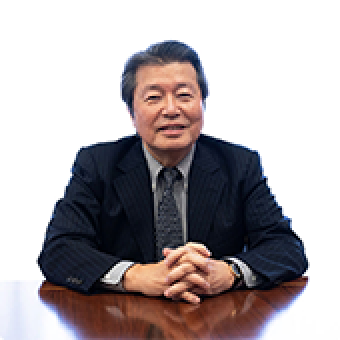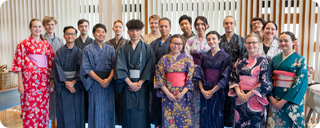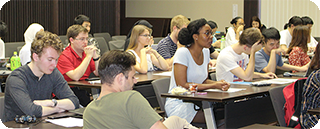研究成果 Research Results
- TOP
- News
- Research Results
- Physics & Chemistry
Research Results: Physics & Chemistry
-

-
Research ResultsPhysics & ChemistryMaterialsEnvironment & SustainabilityBoosting fuel cell efficiency with water vapor Hydration doubles oxide-ion conductivity in Ba7Nb4MoO20, a promising material for low-temperature solid oxide fuel cells
Professor Hiroshige Matsumoto
International Institute for Carbon-Neutral Energy Research Advanced Energy Conversion Systems Thrust
2025.09.02
-
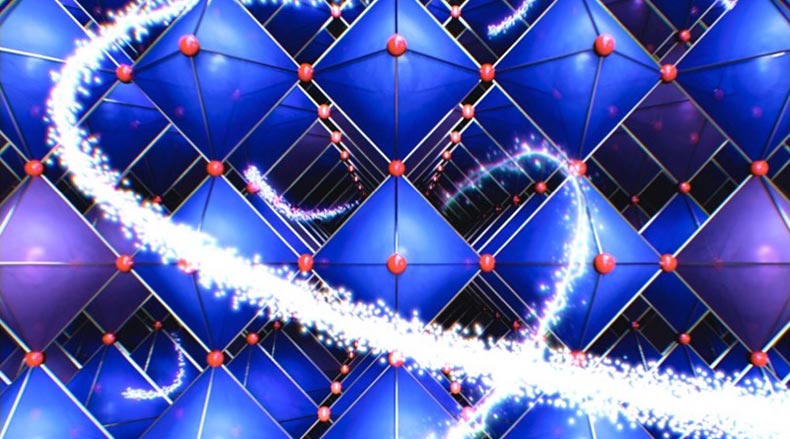
-
Research ResultsPhysics & ChemistryMaterialsResearchers succeed in building a low temperature hydrogen fuel cell, thanks to a scandium superhighway Kyushu University researchers develop a solid oxide fuel cell (SOFC) with the high proton conductivity at 300°C
Professor Yoshihiro Yamazaki
Kyushu University Platform of Inter-/Transdisciplinary Energy Research
2025.08.08
-
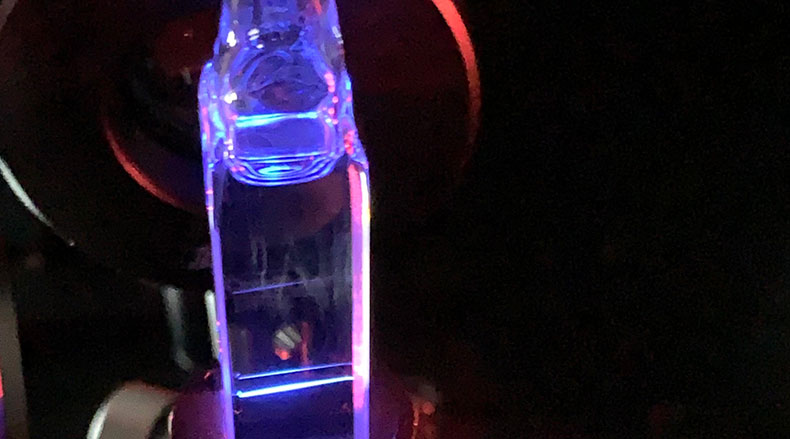
-
Research ResultsPhysics & ChemistryMaterialsDual-Function Organic Molecule May Advance Display Technologies and Medical Imaging Researchers overcome a long-standing molecular design challenge by realizing efficient light emission and photon absorption in the same compound.
Professor Chihaya Adachi / Assistant Professor Youhei Chitose
Faculty of Engineering
2025.08.08
-
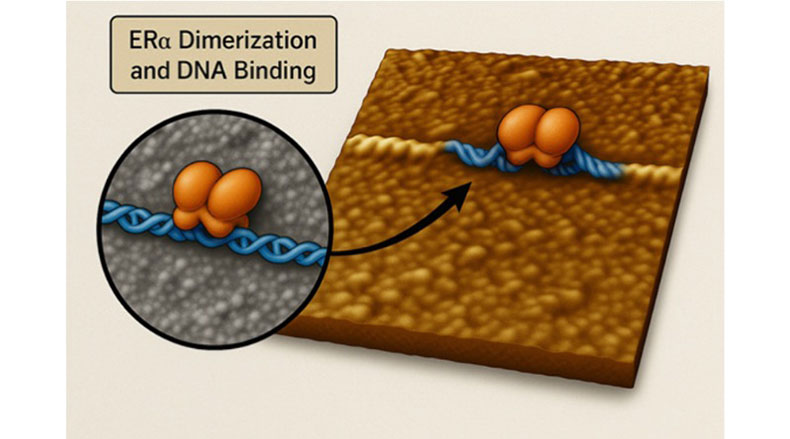
-
Research ResultsPhysics & ChemistryMaterialsVisualizing the Mechanics of Hormone-Driven Gene Activation: Insights into Breast Cancer
Professor Ayumi Matsushima
Faculty of Sciences
2025.08.04
-

-
Research ResultsLife & HealthPhysics & ChemistryUncovering the mechanism behind dual-end cleavage in transfer RNAs Advancing synthetic biology and biotechnology, a study reveals how a 12-unit enzyme complex precisely cuts both ends of transfer RNA
Faculty of Agriculture
Assistant Professor Takamasa Teramoto / Professor Yoshimitsu Kakuta
2025.07.04
-
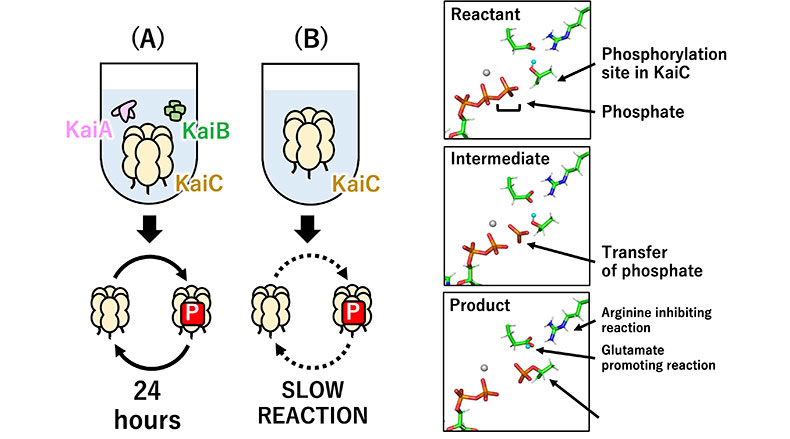
-
Research ResultsLife & HealthPhysics & ChemistryScientists discover the ‘ticking’ mechanism driving nature’s simplest circadian clock New research reveals that circadian clock protein KaiC regulates phosphorylation to keep time in cyanobacteria.
Associate Professor Toshifumi Mori
Institute for Materials Chemistry and Engineering
2025.06.13
-
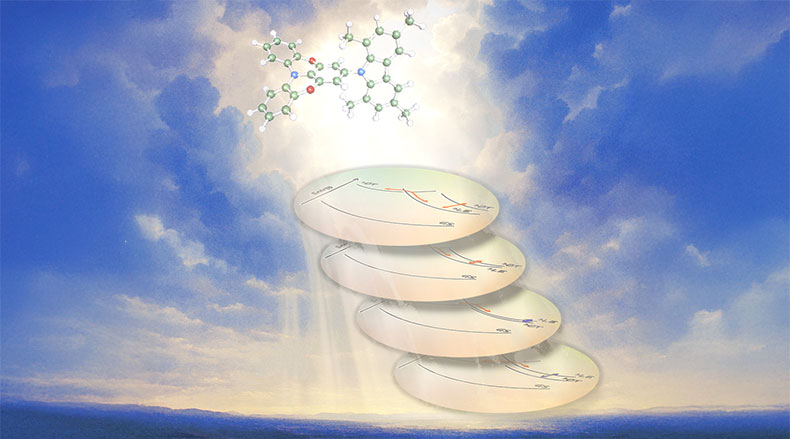
-
Research ResultsPhysics & ChemistryMaterialsA new model to accurately develop better OLEDs Researchers develop a new analytical model detailing the kinetics of the exciton dynamics in TADF materials, the primary component in OLEDs
Professor Adachi Chihaya
Faculty of Engineering
2025.05.30
-

-
Research ResultsPhysics & ChemistryEnvironment & SustainabilityClouding the forecast: study reveals why so many climate models are wrong about the rate of Arctic warming The key may lie in wintertime Arctic clouds, as climate models underestimate how much liquid they contain and how much heat they trap, leading to skewed warming predictions.
Associate Professor Takuro Michibata
Research Institute for Applied Mechanics
2025.05.20
-
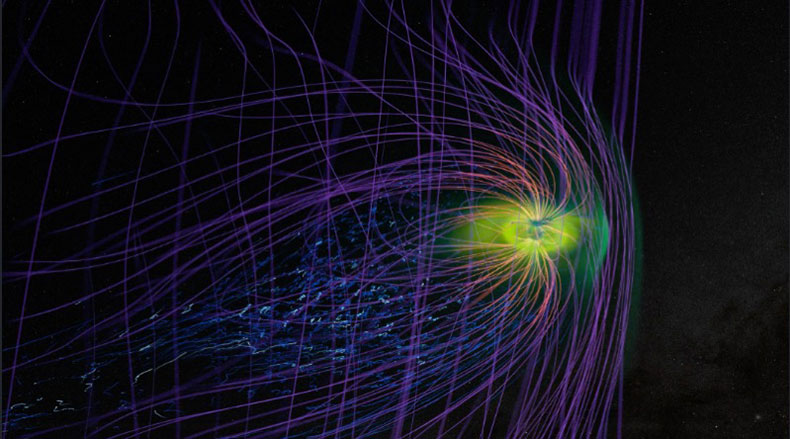
-
Research ResultsPhysics & ChemistryTechnologyEnhanced activity in the upper atmosphere of Sporadic E layers during the 2024 Mother’s Day super geomagnetic storm New study reveals the impact of the Mother’s Day geomagnetic storm on the Sporadic E layers that could disrupt radio communications and navigation systems
Professor Liu Huixin
Faculty of Science
2025.05.13
-
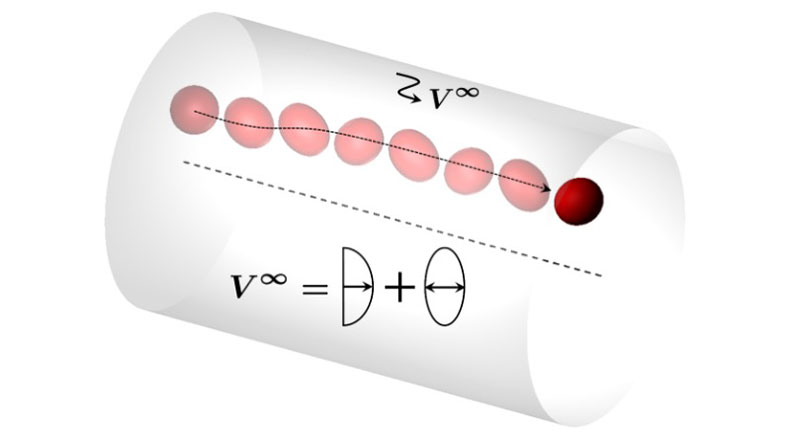
-
Research ResultsPhysics & ChemistryMaterialsTechnologySimulating the fluid dynamics of moving cells to map its location Researchers simulate the fluid dynamics of flowing biological cells and propose a new technique for cell separation, drug screening, and developing artificial hearts
Associate Professor Naoki Takeishi
Faculty of Engineering
2025.04.10
-
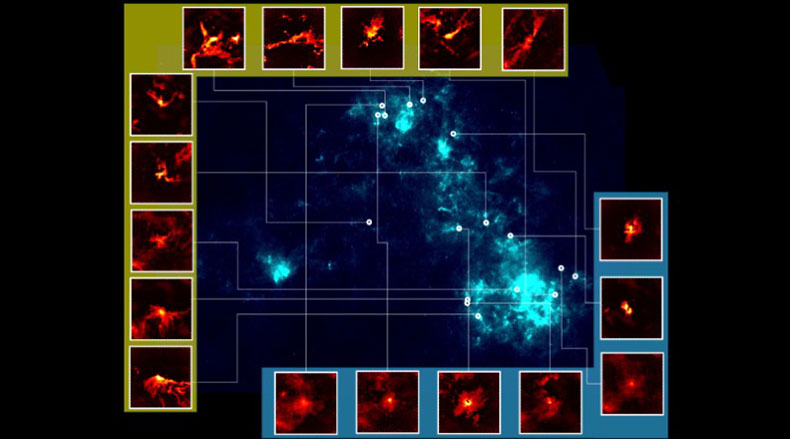
-
Research ResultsPhysics & ChemistryTechnologyIn ancient stellar nurseries, some stars are born of fluffy clouds Observations of the Small Magellanic Cloud: insights into star formation in early-universe-like environments
Post‐doctoral Fellow Kazuki Tokuda
Faculty of Science
2025.02.20
-
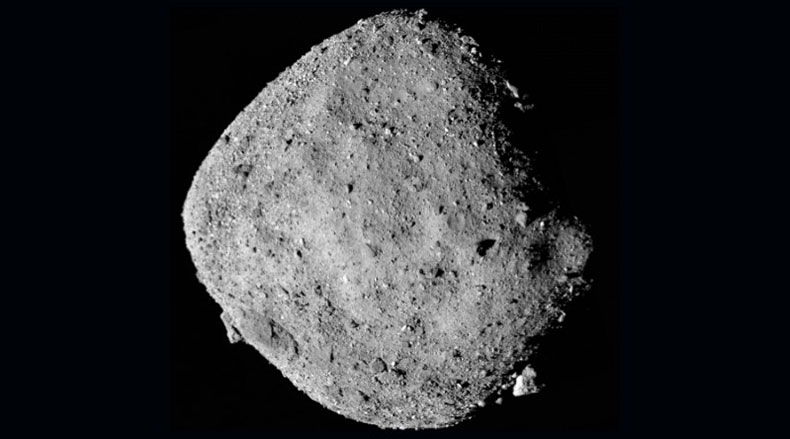
-
Research ResultsPhysics & ChemistryLife’s building blocks in Bennu samples Japanese collaborators detected all five nucleobases — building blocks of DNA and RNA — in samples returned from asteroid Bennu by NASA’s OSIRIS-REx mission.
Professor Hiroshi Naraoka
Faculty of Science
2025.02.07
-

-
Research ResultsPhysics & ChemistryAn overlooked nuclear force helps keep matter stable Scientists reveal that the three-nucleon force has a stronger than anticipated impact on the stability of an atom’s nucleus, with ramifications across astrophysics and quantum technology
Assistant Professor Tokuro Fukui
Faculty of Arts and Science
2025.01.28
-
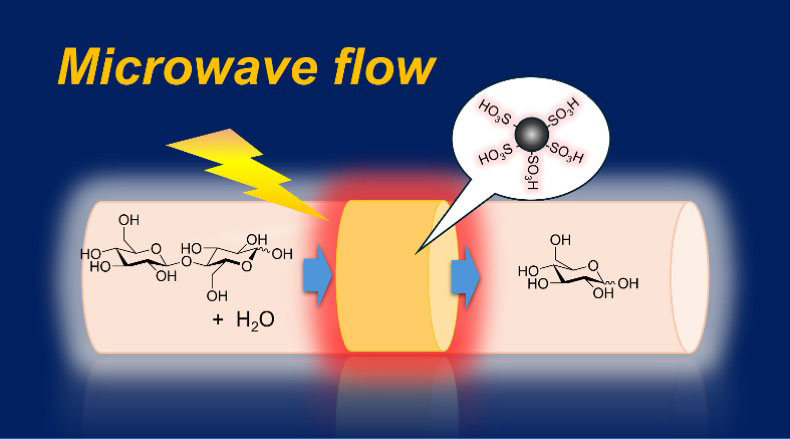
-
Research ResultsPhysics & ChemistryMaterialsEnvironment & SustainabilityHarnessing microwave flow reaction to convert biomass into useful sugars Selective catalyst heating enables effective hydrolysis of biomass.
Associate Professor Shuntaro Tsubaki
Faculty of Agriculture
2025.01.10
-
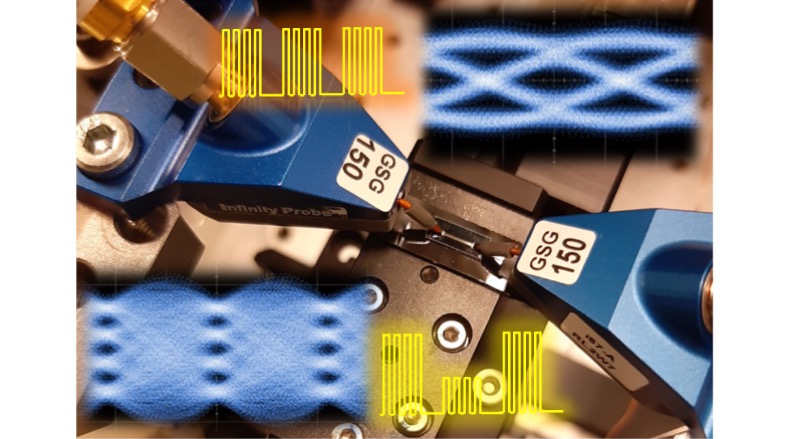
-
Research ResultsPhysics & ChemistryMaterialsTechnologyBeyond 5G, accelerating the world of ultra-high-speed optical data transmission Researchers develop a new ultrahigh-speed optical modulator that can operate at more than 10 times the speed of current devices
Professor Shiyoshi Yokoyama
Institute for Materials Chemistry and Engineering
2025.01.07
-
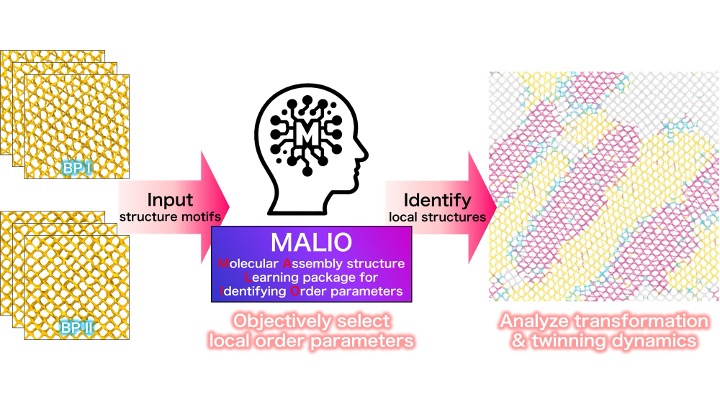
-
Research ResultsPhysics & ChemistryMaterialsDynamics of structural transformation for liquid crystalline blue phases Researchers explore the transformation dynamics of cubic liquid crystals using direct simulation and machine learning, offering new possibilities for advanced materials development
Professor Jun-ichi Fukuda
Faculty of Science
2024.12.03
-
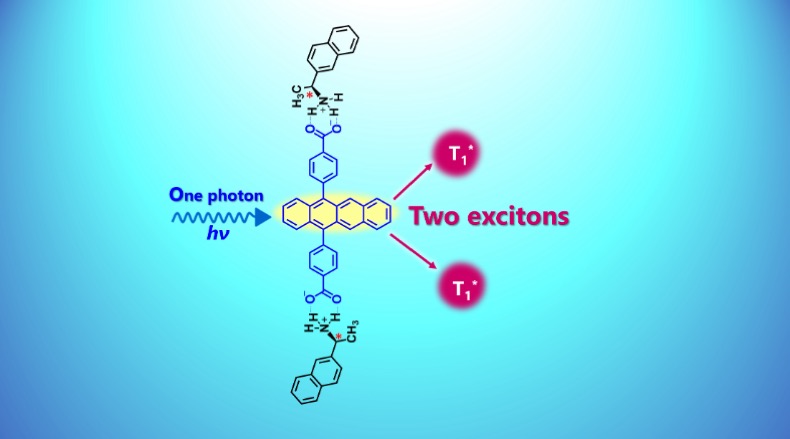
-
Research ResultsPhysics & ChemistryImproving energy production by boosting singlet fission process Singlet fission can be promoted by chiral molecular self-assemblies that absorb light
Professor Nobuo Kimizuka
Faculty of Engineering
2024.11.01
-
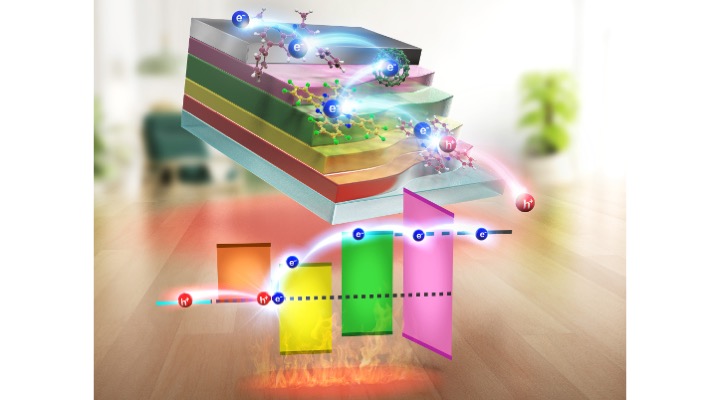
-
Research ResultsPhysics & ChemistryMaterialsNew organic thermoelectric device that can harvest energy at room temperature Researchers have succeeded in developing a framework for organic thermoelectric power generation from ambient temperature and without a temperature gradient
Professor Chihaya Adachi
Center for Organic Photonics and Electronics Research (OPERA)
2024.09.19
-
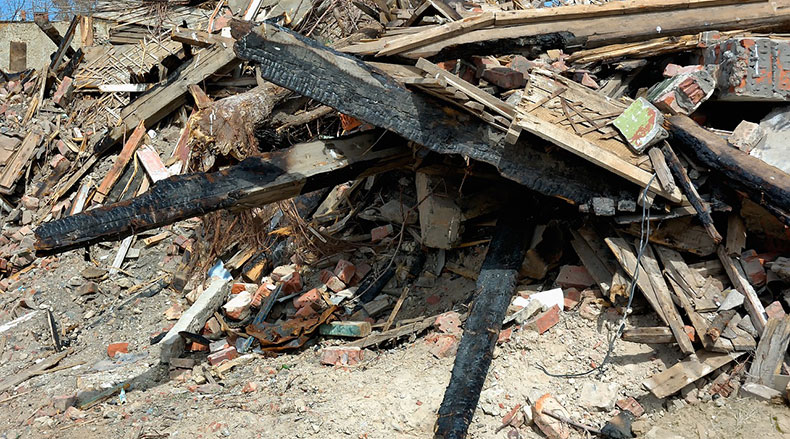
-
Research ResultsPhysics & ChemistryMost detailed study yet of seismic activity links fault strength to likelihood of large earthquakes Seismic observations from over 1000 locations have revealed a link between fault strength and earthquake magnitude, and provide a hint to detecting how close a region is to experiencing a large earthquake.
Professor Satoshi Matsumoto
Faculty of Science
2024.09.09
-

-
Research ResultsPhysics & ChemistryTechnologyEnvironment & SustainabilityMicrowaving waste cooking oil into useful chemicals Researchers develop a zeolite catalyst that can be heated up using microwaves to speed up the conversion of fatty acid esters to olefins
Associate Professor Shuntaro Tsubaki
Faculty of Agriculture
2024.09.09
Search
- TOP
- News
- Research Results
- Physics & Chemistry
Search


